The overall objective of the project is to increase understanding of the impact farmers can have on water quality. Over the past three decades, there have been many interventions by the agricultural sector that have improved water quality, although this improvement appears to have stagnated over the past 5-10 years. Various regulatory initiatives have also been taken from the policy arena that have encouraged farmers to improve their impact on water quality.
For example, techniques have been developed that reduce nutrient run-off from farmyards. First-flush systems should avoid nutrient-rich streams from feed entering surface water. Similarly, run-off manure juices and contaminated rinse water (cleaning stables or milking machines) should be collected in the manure pit or treated via an IBA or reed bed. At farm level, however, a vacuum often presents itself outside these strictly defined regulations. For instance, in practice, on a farm, wastewater occurs/results in other than the obvious places like feed and manure storage due to leftover feed/dung or crop residues etc. This may subsequently lead to contaminated legacy juices which in turn adversely affect water quality.
This issue is also known to the competent government departments VLM and VMM. A process has therefore already been started to develop a BAT study. This study will be completed in the coming months, after which a clear framework will be in place for farmers to tackle the bottleneck situations on their farms.
This project aims to work with individual company visits identify the occurrence of farmyard sap on farms and provide very concrete advice on how to reduce this occurrence on those farms using the best available techniques elaborated in the BAT study.
Contaminated water streams can be treated by farmers (e.g. reed bed) or can be applied to the plots together with other nutrient-rich streams such as sluice water and manure. There, the nutrients will enter the soil and hopefully be bound/buffered to/by the organic matter in the soil (the clay-humus complex).
Unfortunately, most North Limburg agricultural soils in today in insufficiently good condition to properly utilise the applied nutrients. In the first place, the gecontent of organic matter often insufficient. This has a negative impact on the soil's moisture retention capacity. Along with the water, dissolved crop nutrients also flow out of the soil to end up in surface or groundwater. To prevent valuable
nutrient losses, farmers can take initiatives to increase the organic matter content and thus improve soil nutrient retention. Initiatives to optimise nutrient uptake by existing crops can also make a positive contribution. In practice, farmers use e.g. catch crops in the winter period. However, soil is a living thing and solutions are therefore rarely black and white. After all, sowing a catch crop does not mean that nutrients are no longer leached out. The general condition of the soil continues to play its role.
A sub-optimal soil pH, for example, as is the case in many North Limburg plots, has its impact on the plant availability of nutrients. Phosphorus, for example, can only be absorbed in the phosphate form (PO4). When the pH of the soil is too low, these molecules start to react with other molecules in the soil (e.g. iron) making the phosphorus unabsorbable by the plant. This raises two main problems. First, poor pH causes suboptimal uptake of the nutrients made available (e.g. by fertilisation). Next, this inhibits crop growth so that nutrients that are available are not absorbed either. The latter then leach out into ground and surface water. By bringing agricultural soils into optimum condition (pH and organic matter), these soils can maximally buffer nutrients and avoid leaching.
This project therefore aims to focus on the measures that farmers can take in their entire operations in order to preserve water quality to the maximum. In very concrete terms, this means that every effort must be made on the farm to prevent the run-off of nutrient-rich material onto the farm site. This is a rather obligatory issue for the farmer as it does not bring any direct economic benefit. In addition, the project aims to make farmers aware of measures they can take to improve soil condition and thus not only reduce their impact on water quality but also improve the yield potential of their plot.














